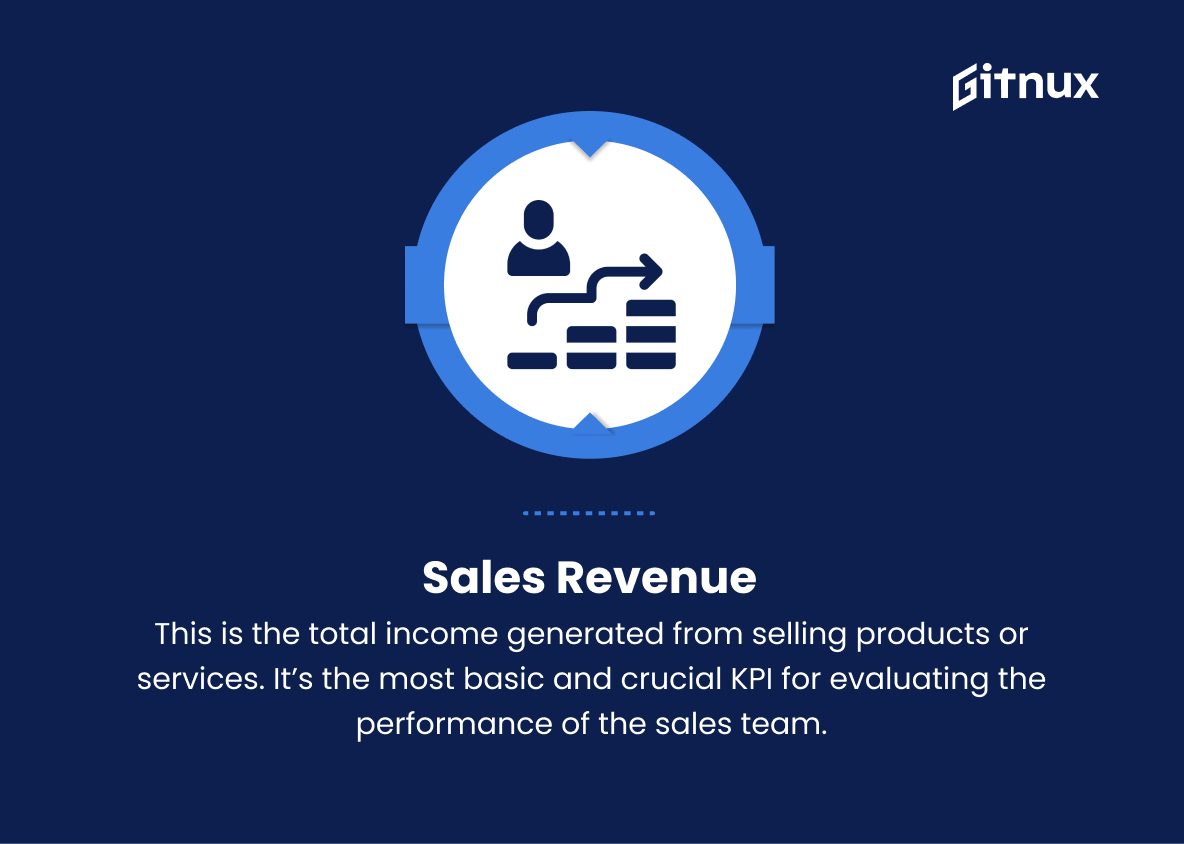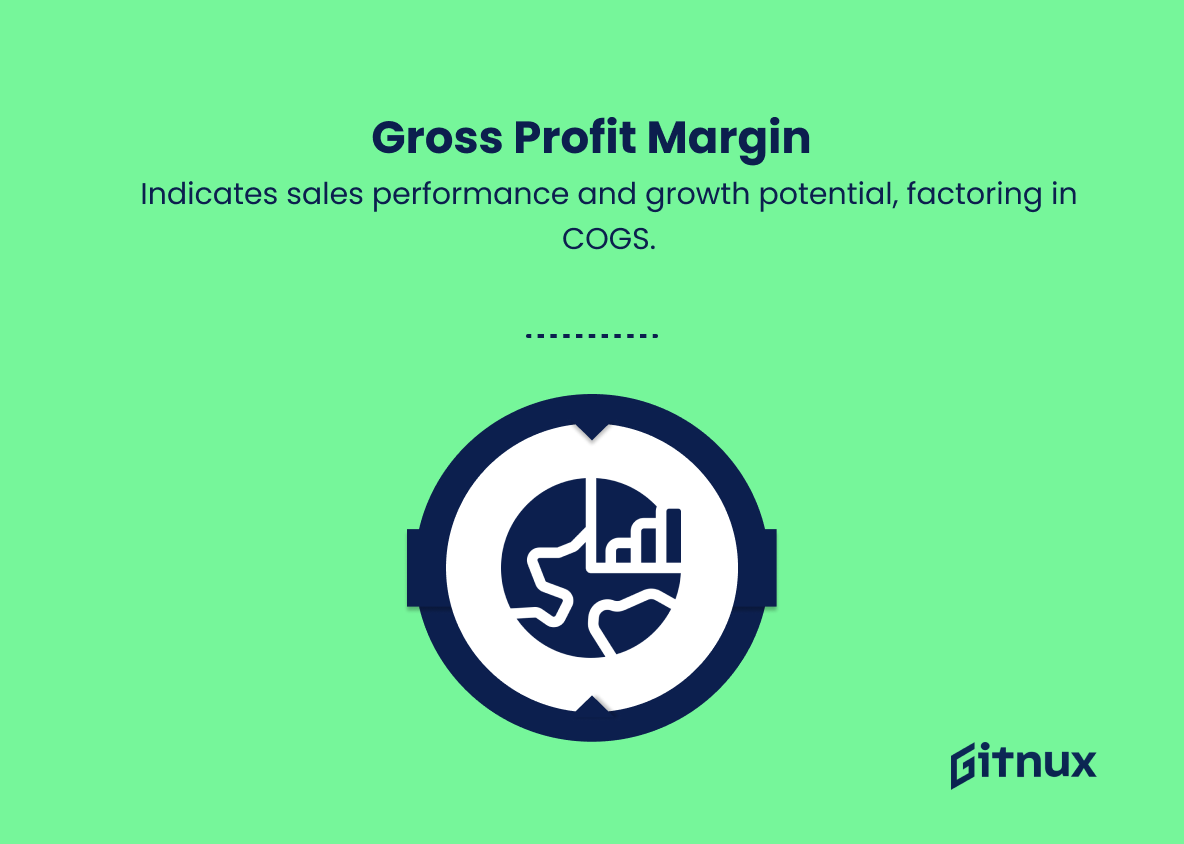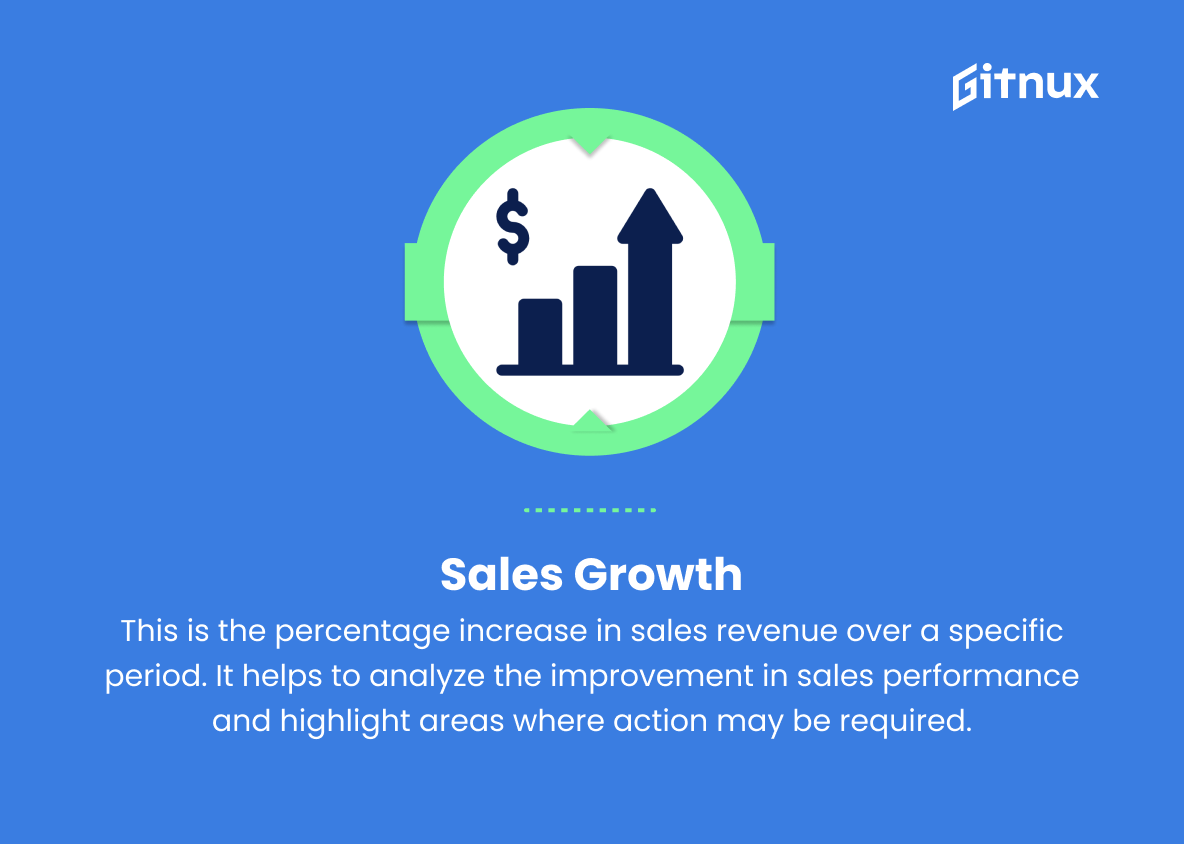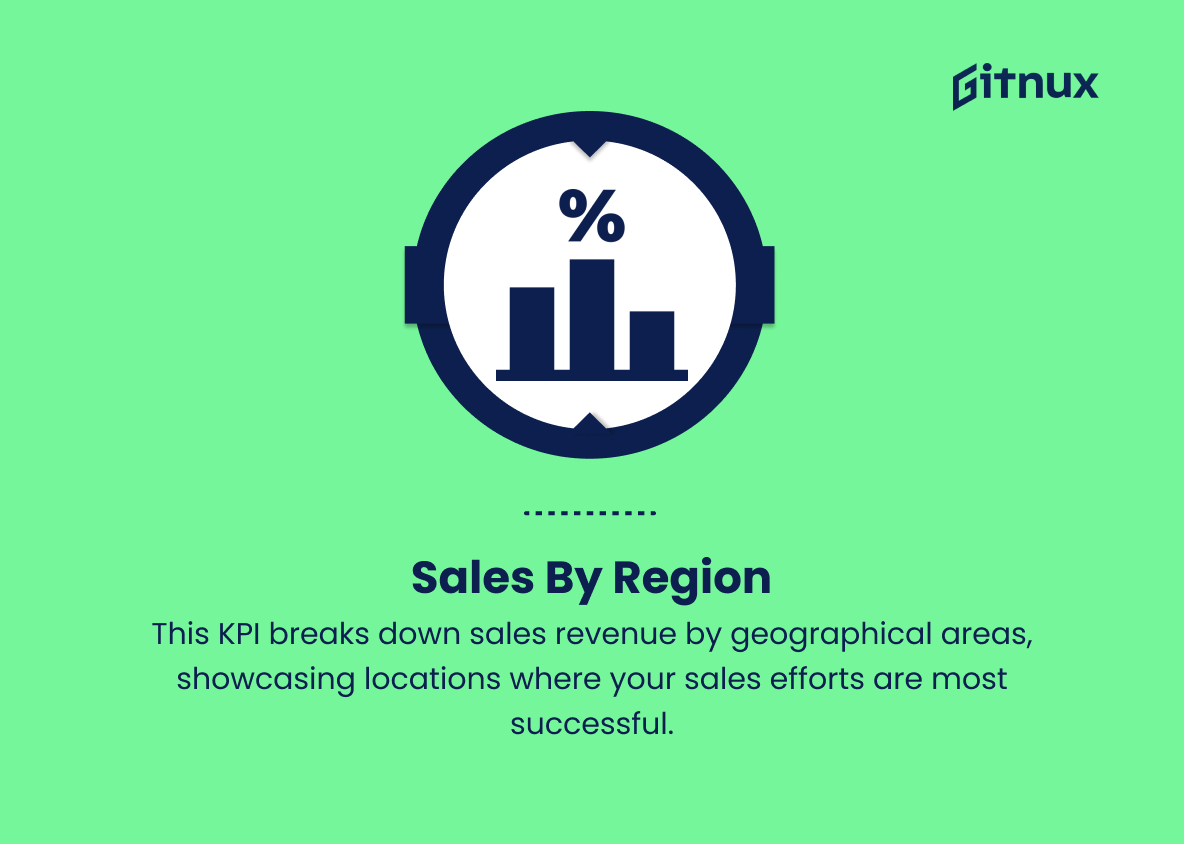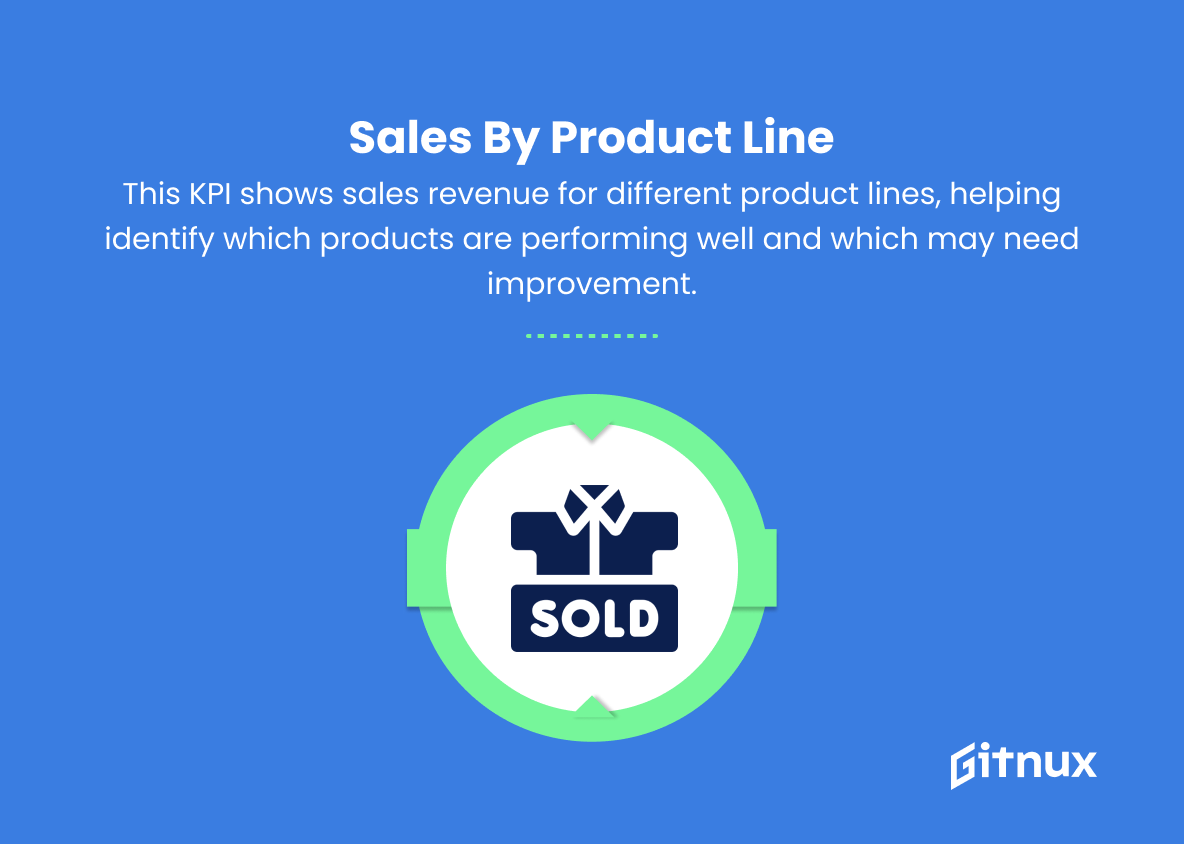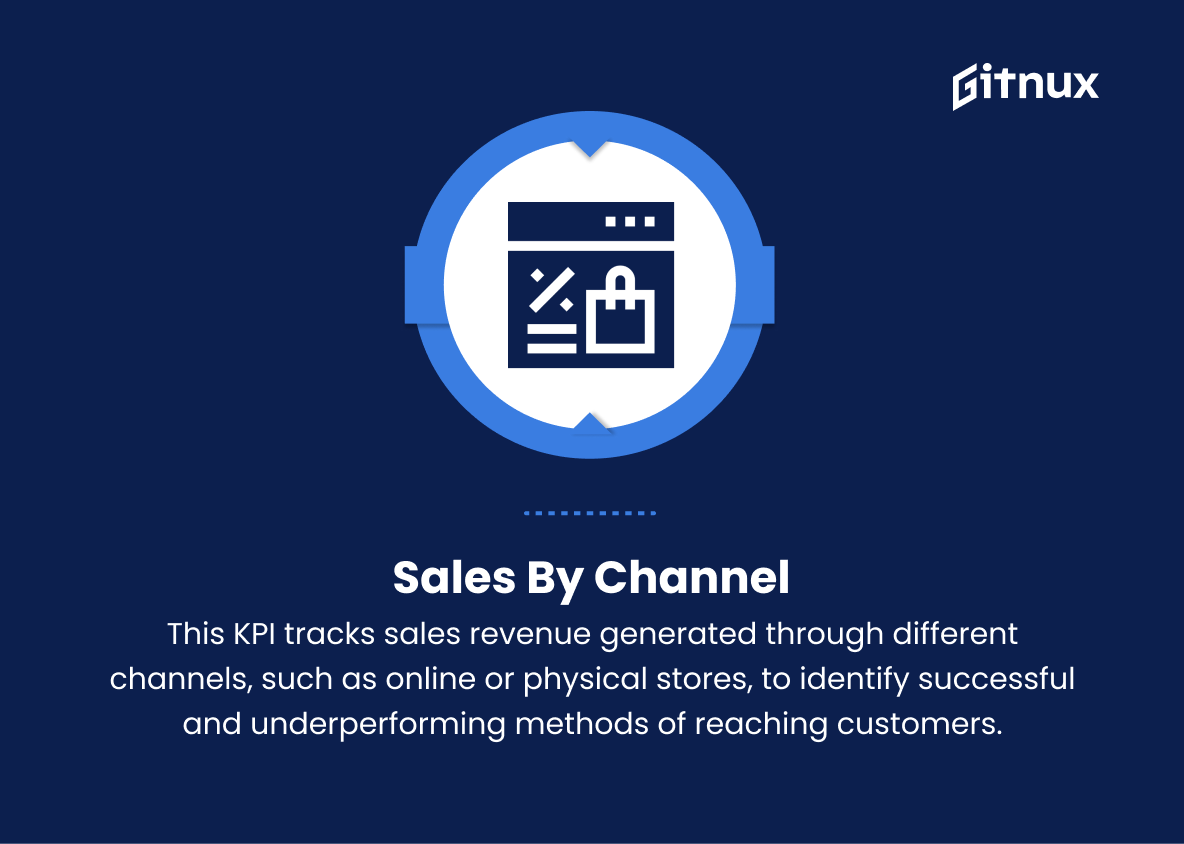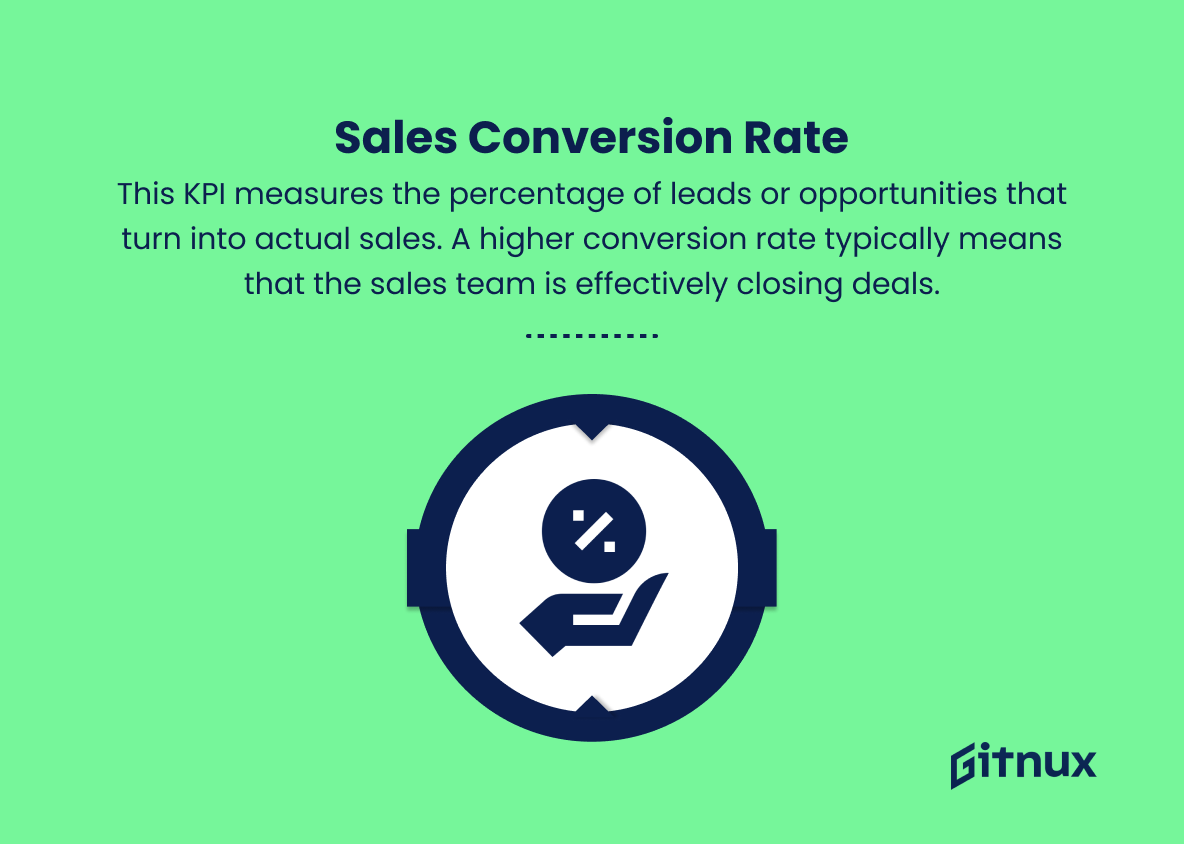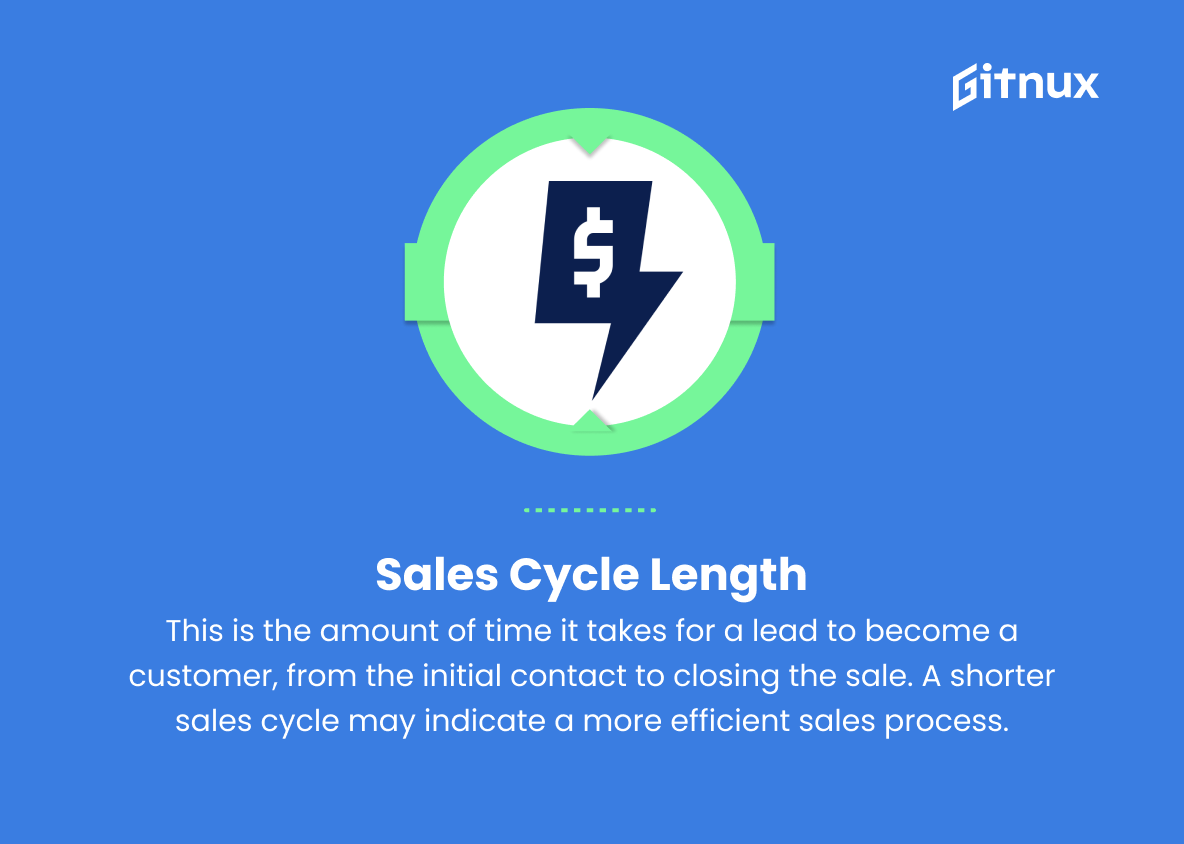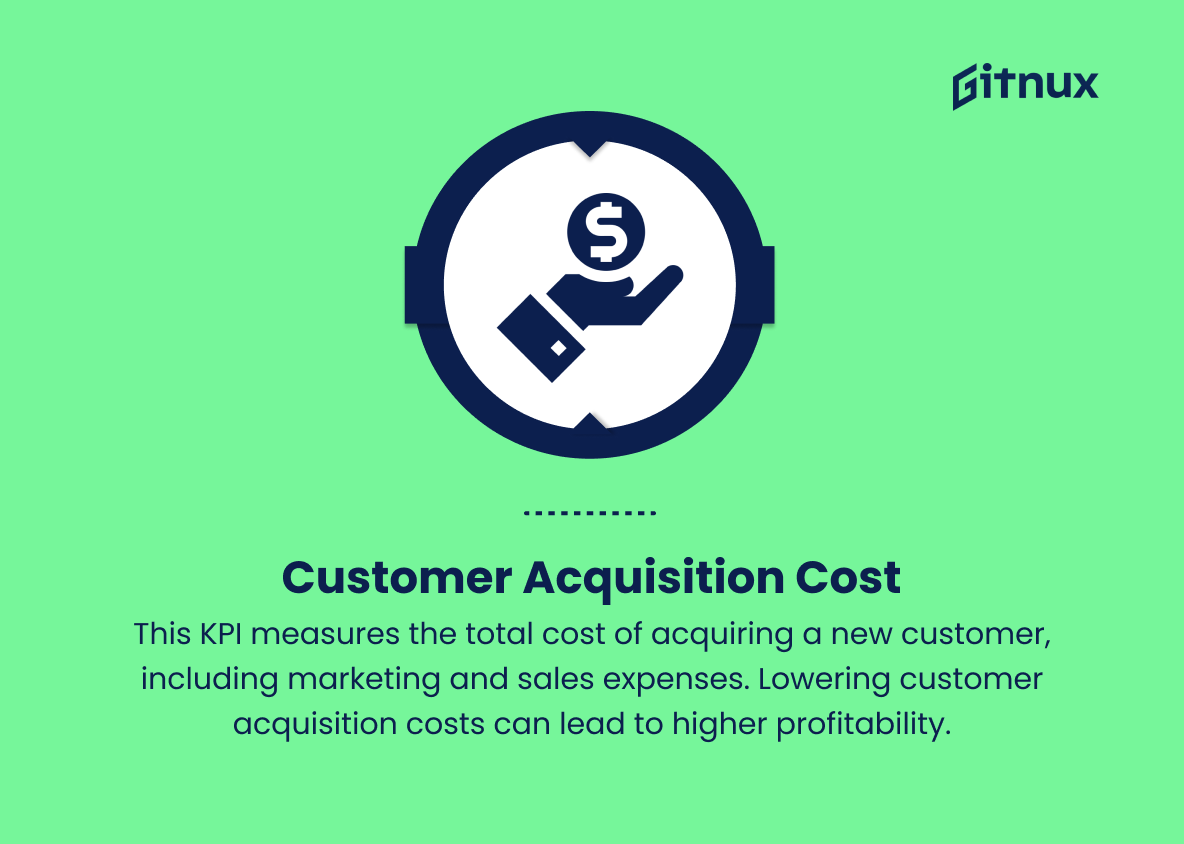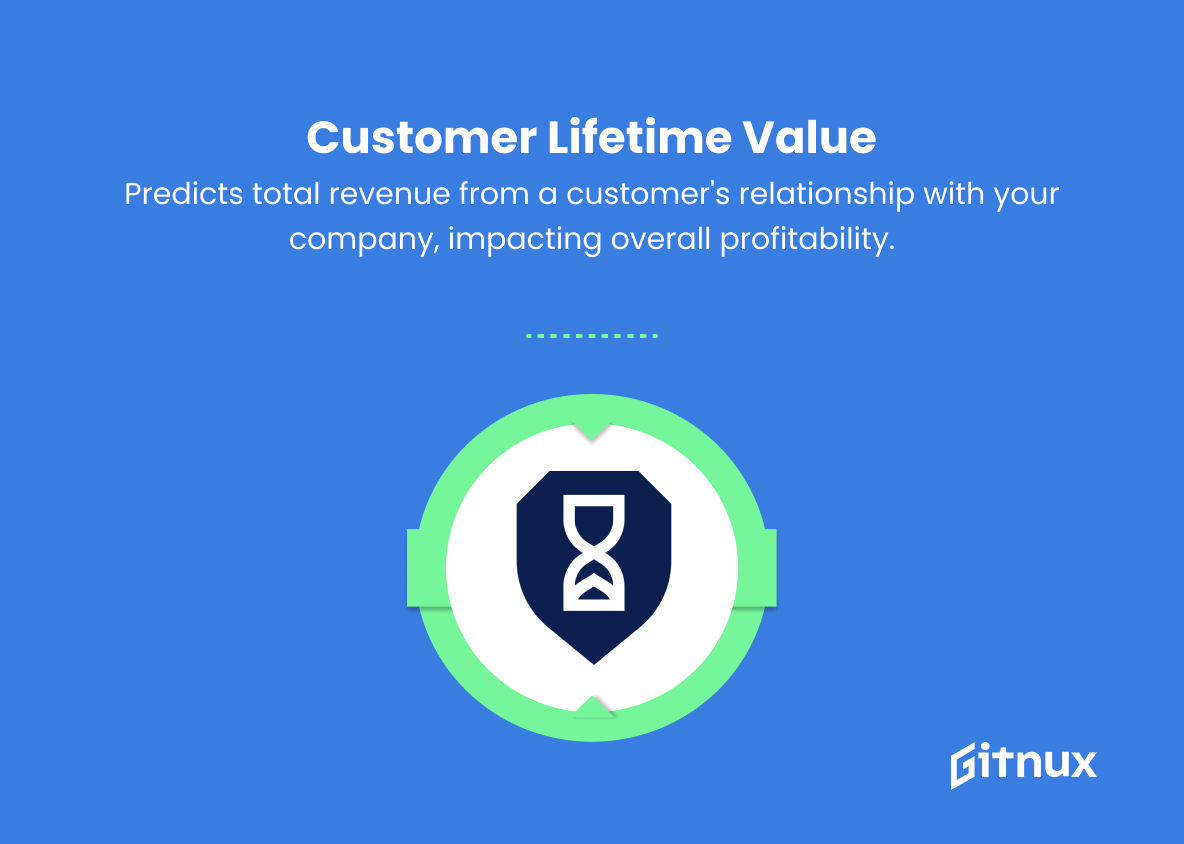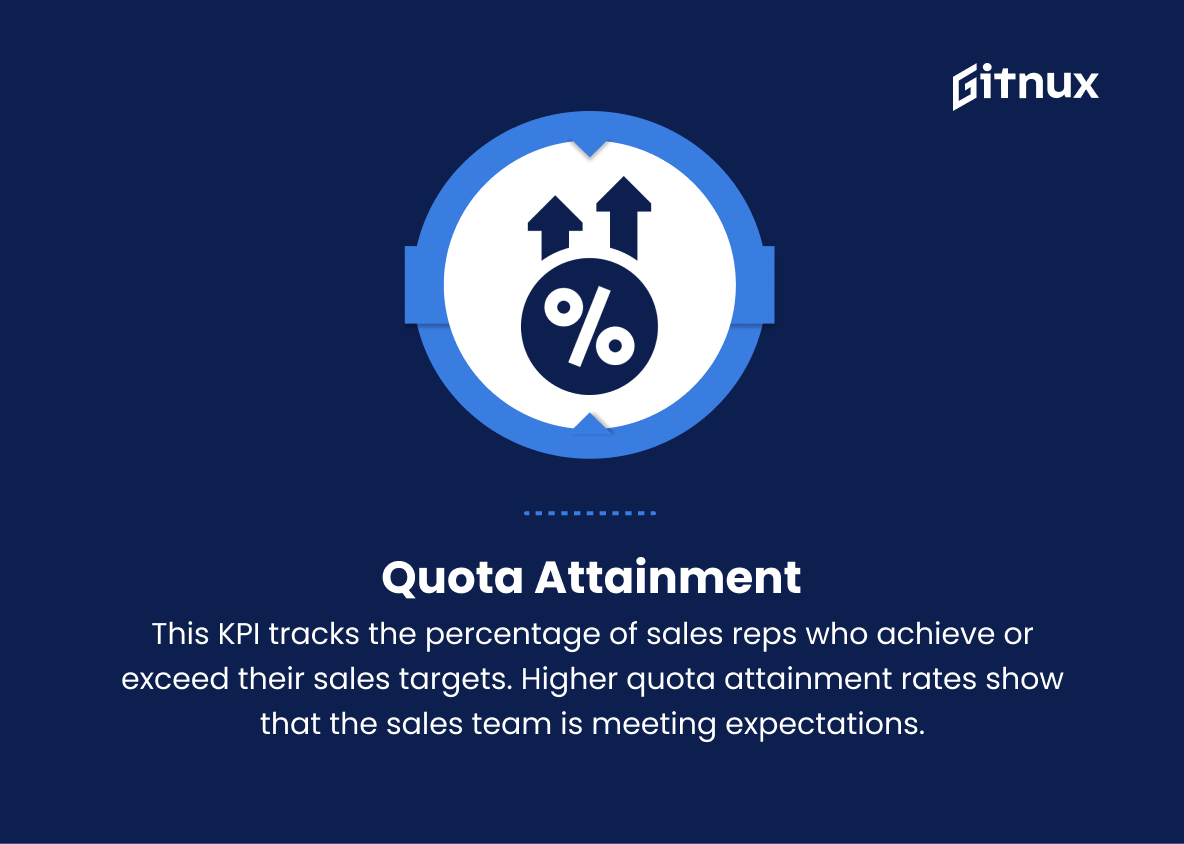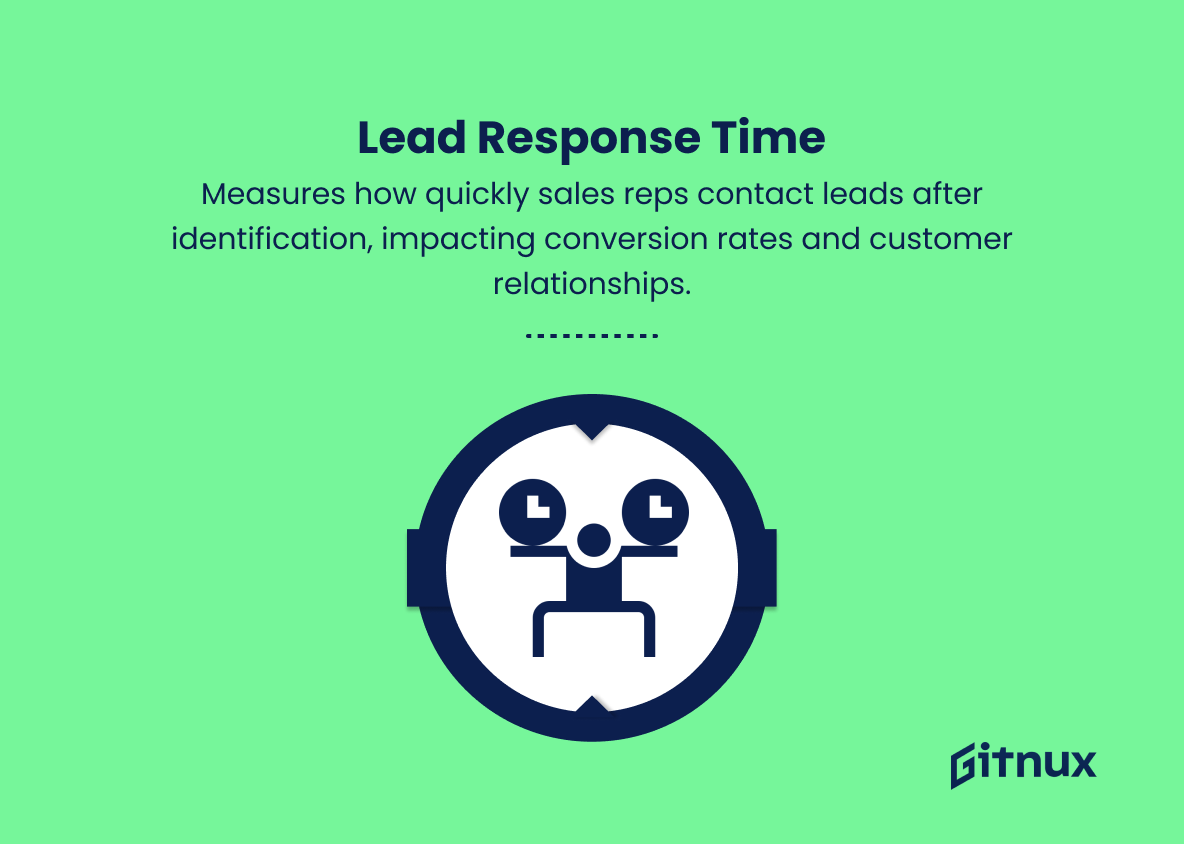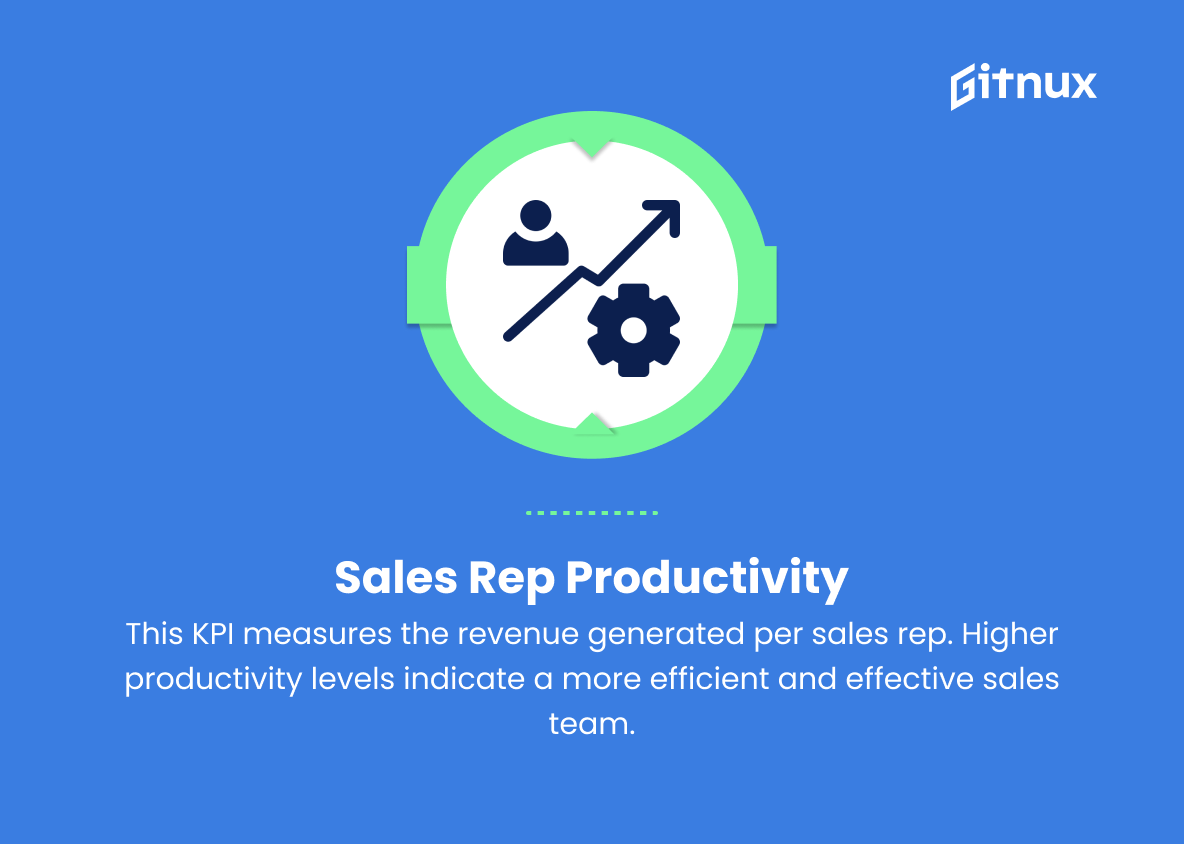In today’s data-driven, competitive business landscape, staying ahead of the competition requires a keen understanding of the critical metrics that drive success. One such critical area of measurement is sales key performance indicators (KPIs). In this in-depth blog post, we’ll explore the essential sales KPIs that every sales leader should be closely monitoring as they directly impact their organization’s performance, growth, and profitability.
These critical benchmarks will not only allow you to evaluate the effectiveness of your sales team, but will also enable you to make informed, data-driven decisions that drive continuous improvement and success in the fast-paced world of sales. So buckle up and let’s dive into the world of sales KPIs.
Sales KPIs You Should Know
1. Sales revenue
This is the total income generated from selling products or services. It’s the most basic and crucial KPI for evaluating the performance of the sales team.
2. Gross profit margin
It measures the profitability of your company, taking into consideration the cost of goods sold (COGS). A higher gross profit margin indicates better sales performance and potential for growth.
3. Sales growth
This is the percentage increase in sales revenue over a specific period. It helps to analyze the improvement in sales performance and highlight areas where action may be required.
In today’s data-driven, competitive business landscape, staying one step ahead of the competition requires a keen understanding of crucial metrics that drive success.4. Average deal size
This is the average revenue generated from each closed sale. A larger average deal size can point to targeting the right customers or successful upselling.
5. Sales by region
This KPI breaks down sales revenue by geographical areas, showcasing locations where your sales efforts are most successful.
6. Sales by product line
This KPI shows sales revenue for different product lines, helping identify which products are performing well and which may need improvement.
7. Sales by channel
This KPI tracks sales revenue generated through different channels, such as online or physical stores, to identify successful and underperforming methods of reaching customers.
8. Sales conversion rate
This KPI measures the percentage of leads or opportunities that turn into actual sales. A higher conversion rate typically means that the sales team is effectively closing deals.
9. Sales cycle length
This is the amount of time it takes for a lead to become a customer, from the initial contact to closing the sale. A shorter sales cycle may indicate a more efficient sales process.
10. Customer retention rate
This KPI denotes the percentage of customers who continue to do business with your company over a given time period. Higher retention rates imply that the company is successful at maintaining customer satisfaction.
11. Customer acquisition cost
This KPI measures the total cost of acquiring a new customer, including marketing and sales expenses. Lowering customer acquisition costs can lead to higher profitability.
12. Customer lifetime value
This KPI estimates the total revenue a customer is likely to generate during the entirety of their relationship with your company. Increasing customer lifetime value can help to improve overall profitability.
13. Quota attainment
This KPI tracks the percentage of sales reps who achieve or exceed their sales targets. Higher quota attainment rates show that the sales team is meeting expectations.
14. Lead response time
This KPI measures how quickly sales reps make contact with leads after they have been identified. Faster response times can improve conversion rates and help establish relationships with potential customers.
Sales KPIs play a vital role in gauging the success of a company’s sales efforts by providing insight into various aspects of the sales process.15. Sales rep productivity
This KPI measures the revenue generated per sales rep. Higher productivity levels indicate a more efficient and effective sales team.
Sales KPIs Explained
Sales KPIs play a critical role in measuring the success of an organization’s sales efforts by providing insight into various aspects of the sales process. Revenue serves as a foundational KPI, highlighting the revenue generated from selling products or services, while gross margin and revenue growth measure profitability and progress. Average deal size, sales by region, product line, and channel help identify areas of success and opportunities for improvement.
Meanwhile, sales conversion rate, sales cycle length, and lead response time provide valuable insight into the effectiveness and efficiency of the sales team. To ensure long-term success, companies must also consider customer-focused KPIs such as retention rate, acquisition cost, and lifetime value, as well as individual sales rep performance through metrics such as quota attainment and productivity. By closely monitoring and analyzing these key performance indicators, companies can optimize their sales strategies and drive overall growth.
Conclusion
In conclusion, a clear understanding and proper implementation of sales KPIs is critical for companies to succeed in today’s competitive marketplace. A comprehensive set of KPIs not only allows your sales team to accurately measure their performance, but also allows you to refine your sales strategies to maximize return on investment.
Ongoing analysis and review of these KPIs will ensure that your sales efforts remain aligned with your business goals, ultimately driving your organization’s success. It is imperative for companies to continually adapt and optimize their sales KPIs to stay ahead of the competition and achieve continued growth.
